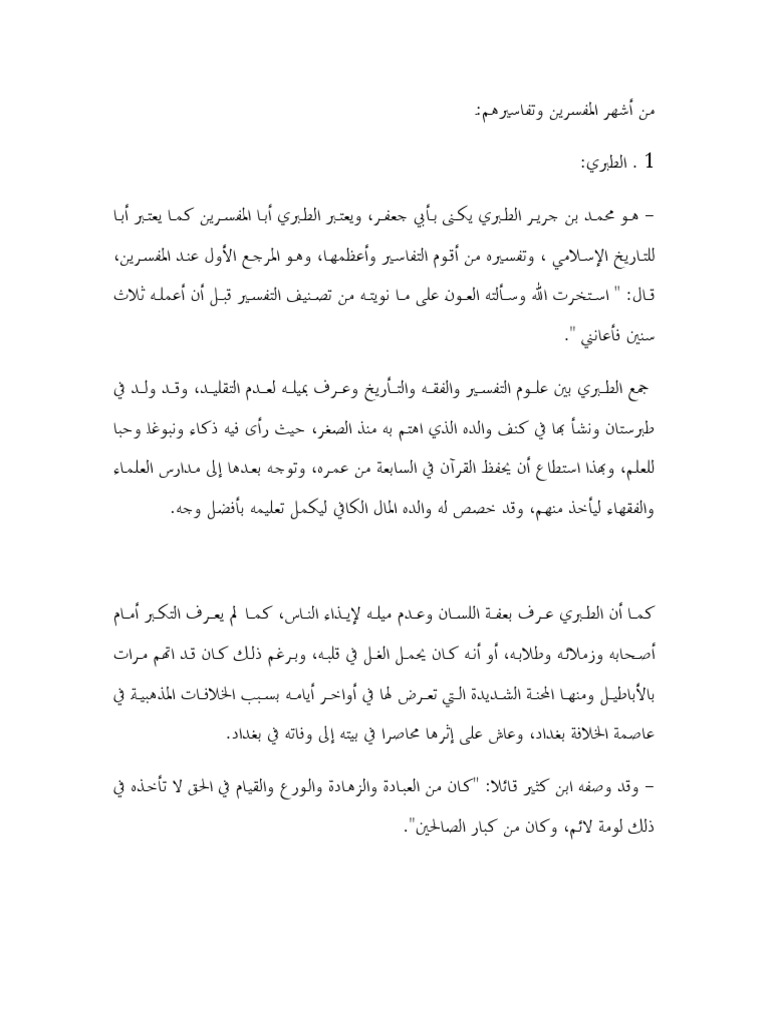The intricate tapestry of Shia Islam unveils a plethora of teachings, insights, and nuances, one of which is encapsulated in the esteemed *Tafsir al-Numani*. This interpretative work, grounded in the Shia tradition, elucidates the Qur’anic verses with an emphasis on the theological and philosophical underpinnings unique to Shia thought. However, a pertinent question arises: How does *Tafsir al-Numani* differentiate itself from other Qur’anic exegeses, and what challenges does it present to both scholars and believers alike?
To embark on this exploration, it is essential to first comprehend the essence of the tafsir itself. The term ‘tafsir’ refers to the exegesis or commentary of the Qur’an, serving as a conduit through which readers can engage with the divine text. In the Shia tradition, tafsir is not merely an academic exercise; it is viewed as a sacred task that requires deep reflection and a profound understanding of historical and contextual nuances. Within this framework, *Tafsir al-Numani* epitomizes a distinctive approach that privileges the interplay of hadith (traditions of the Prophet and his progeny) alongside the textual analysis of the Qur’an.
The author of *Tafsir al-Numani*, the eminent Shaykh al-Numani, offers insights that resonate deeply with the ethos of Shia theology. His work is characterized by comprehensive methodological rigor, drawing upon authentic hadiths and the interpretations provided by the Imams, the divinely appointed leaders in Shia thought. This reliance on prophetic traditions provides *Tafsir al-Numani* with a unique lens through which to examine the Qur’an, contrasting sharply with Sunni interpretations that may prioritize linguistic analysis over traditions.
A fundamental theme within *Tafsir al-Numani* is the concept of imamate, a pivotal doctrine in Shia Islam. The tafsir posits that the Qur’an contains implicit and explicit references to the authority of the Imams, who, as divinely chosen leaders, are considered the infallible guides for the community. This belief challenges the reader to reconcile personal interpretations with established theological tenets. How does one navigate the delicate balance between individual understanding and communal doctrine? This dilemma is at the heart of Shia scholarship.
Tags
Share this on:
[addtoany]


